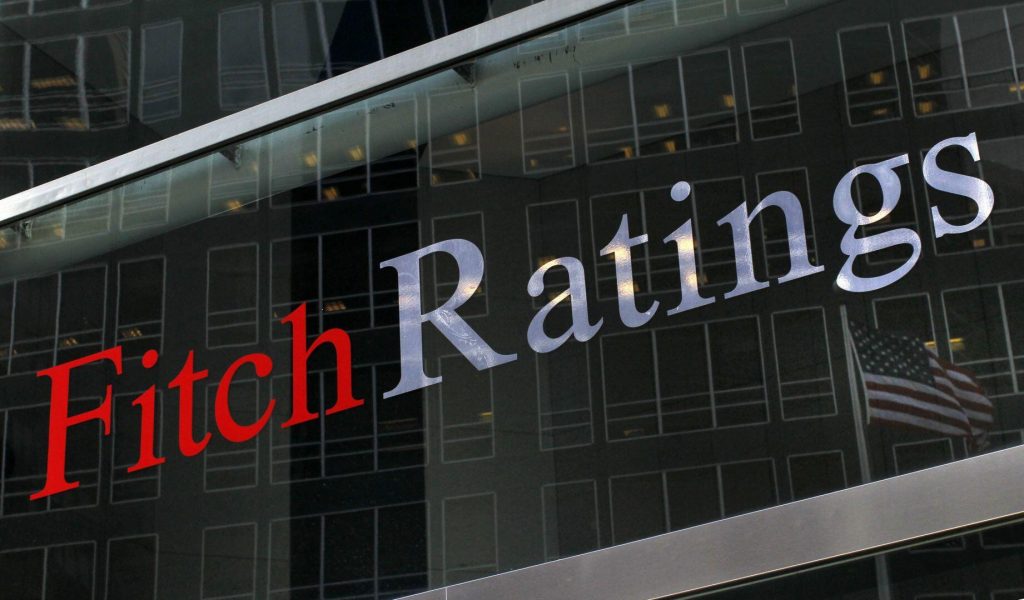International Ratings agency, Fitch has revised Ghana’s economic outlook to negative but affirms its B ratings.
The revision of the outlook to negative reflects the significant deterioration in public finances, stemming from the Covid-19 pandemic and the delays to the government’s fiscal consolidation efforts, which reduce Ghana’s ability to absorb further shocks for an extended period.
“Moreover, in our view, the lack of a clear majority in parliament following the December 2020 elections increases the risk of fiscal slippages”, Fitch pointed out.
The ‘B’ rating reflects the high public debt level and low revenue base, which mean that Ghana’s debt affordability metrics will remain markedly weaker than rating peers over the rating horizon. This is balanced against Fitch’s expectation of a recovery in economic performance and a stabilization of debt/Gross Domestic Product and the ready availability of external and domestic financing.
“Public finances remain the key rating weakness for Ghana. After achieving a general government deficit on a commitment basis below 5% of GDP in the three years prior to 2020, the deficit widened to 11.5% of Gross Domestic Product following the approval of a mid-year supplementary budget that contained an additional 3% of GDP in Covid-19-related spending”, it further said.
“When arrears clearance and support for the financial and energy sectors is added, the cash deficit reached an estimated 14% of GDP. We forecast a significant fall in the cash deficit to 8.3% of GDP by 2022, but this remains well above the 2022 ‘B’ median of 4.8%. Post-pandemic recovery spending will keep government expenditure high compared with historical levels. We expect a recovery in government revenue, but note that Ghana has structurally low domestic revenue mobilization when compared with peers”, it added.
Debt to contribute to higher cash deficits
The ratings agency said Ghana continues to deal with the legacy of domestic payment arrears built up prior to 2017 and from contingent liabilities in the energy sector, which will contribute to higher cash deficits in 2021 and beyond.
“The full size of unmatched liabilities in the energy sector is unknown, but we estimate the current stock at $3 billion to $4 billion (2% to 3% of 2021 GDP). Furthermore, the sector continues to build new arrears owing to uneconomical tariff structures and take-or-pay contracts with power producers, although the government is renegotiating these contracts”, it explained
Public sector debt/GDP is likely to plateau over the medium term, but Fitch said Ghana’s debt metrics will remain weak relative to ‘B’ peer medians. We forecast general government debt to reach 81% of GDP in 2021, including 2.5% of GDP in bonds held through the Energy Sector Levy Act Plc., which is excluded by the government.
Ghana government debt now constitutes 535% of government revenue, compared with the 2020 ‘B’ median of 304%. Furthermore, an increase in domestic debt issuance has raised the government’s interest spending.
Fitch therefore forecasts interest expenditure to rise to 53% of revenue in 2021 before falling below 50% in 2022, compared with a 2022 ‘B’ median of 13.2%.
Ghana’s GDP to remain positive
Ghana’s GDP growth slowed sharply in 2020 to 0.4%, but Fitch noted that the country was one of few sovereigns globally to record positive growth.
At 4.9%. Ghana’s five-year growth average over 2016 to 2020 was higher than the ‘B’ median of 4.5%.
“We forecast a recovery to 5% growth in 2021 and 2022, as base effects help growth in the industrial and service sectors. The agricultural sector saw strong growth through 2020 and we expect this to continue, supporting Ghana’s overall recovery”, it mentioned.







